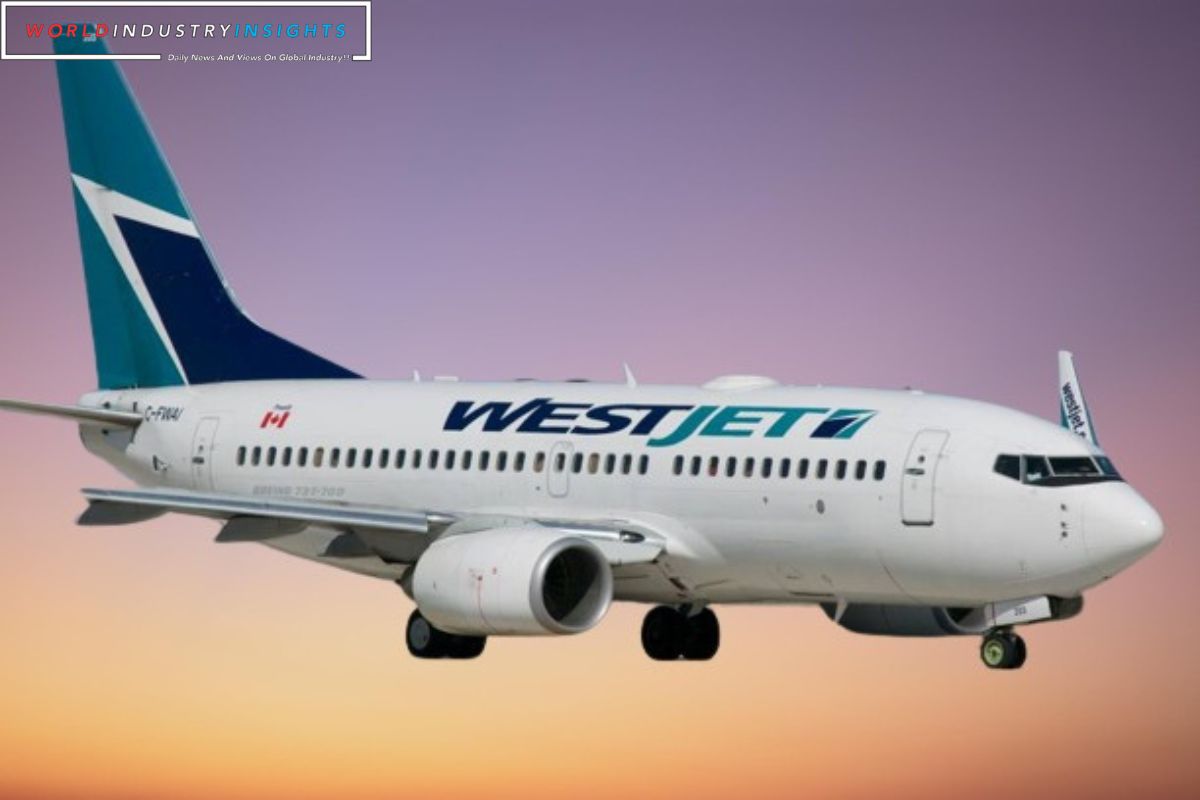FAA Takes Bold Steps: The Federal Aviation Administration (FAA) unveiled a significant proposal on Tuesday, outlining three directives aimed at enforcing engine housing inspections and component replacements for Boeing 737NG airplanes. This move comes in the wake of a tragic incident in 2018 involving a Southwest Airlines flight where a broken fan blade resulted in a fatal outcome. The directives, if implemented, would impact a substantial fleet of aircraft, covering 1,979 U.S.-registered planes and an additional 6,666 737 airplanes globally.
The FAA’s directives set a comprehensive agenda, requiring operators to conduct inspections and replace specific components on the engine cowling by July 2028. Boeing, the aircraft manufacturer, promptly expressed its support for the FAA’s proposal. The company acknowledged the need for mandatory adherence to a set of service bulletins that were designed to enhance the 737NG’s overall design. Boeing emphasized that airlines could safely continue operating the fleet with interim measures until permanent modifications could be implemented.
The 737NG, Boeing’s widely successful jet model, was the latest version in its lineup before the introduction of the 737 MAX. The fatal incident in question occurred in April 2018 when an engine failure, triggered by a broken fan blade, resulted in the tragic death of a passenger. This marked the first fatality on a U.S. passenger airline due to an accident since February 2009. Following the incident, the National Transportation Safety Board (NTSB) called for Boeing to redesign the fan cowl structure.
Also Read: FAA Bold Shift: Overhauling Aircraft Certification for Safer Skies Post Boeing 737 MAX Tragedy
The FAA’s proposal on Tuesday underscored Boeing’s development of modifications to the inlet cowl, fan cowl, and exhaust nozzle. These modifications, aimed at improving safety measures, are mandated to be installed on the affected airplanes by July 2028. The move is a part of ongoing efforts to address safety concerns and prevent similar incidents in the future.
The accident in 2018 occurred approximately 20 minutes into the Southwest Airlines flight, where a fan blade fractured due to a fatigue crack. The Boeing 737-700, equipped with two CFM International CFM56-7B engines, took off from New York’s LaGuardia Airport, bound for Dallas, before diverting to Philadelphia International Airport. The incident resulted in eight minor injuries among the 144 passengers on board. Notably, the NTSB had been investigating a separate engine failure on another Southwest 737-700 in 2016 at the time of the fatal incident.
In summary, the FAA’s proposed directives signal a proactive approach to addressing safety concerns within the aviation industry, particularly regarding the Boeing 737NG model. The collaboration between regulatory authorities and manufacturers is crucial in ensuring the continuous enhancement of safety standards and preventing tragic incidents like the one in 2018.
Our Reader’s Queries
What actions does the FAA take?
The Division holds the power to take affirmative actions, such as issuing certificates, imposing civil penalties, and issuing orders to FAA-issued certificate holders and other regulated entities who fail to comply with aviation laws and regulations. This authority is independent and allows the Division to enforce compliance effectively.
What is the FAA 7 day rule?
Flight crewmembers engaged in scheduled air transportation must be relieved from all further duty for at least 24 consecutive hours during any 7 consecutive days by the certificate holder conducting domestic operations. This ensures that the crewmembers have adequate rest and are able to perform their duties safely and efficiently.
What is the FAA 10 hour rest rule?
When your employer gives you an eight hour break, you must have a minimum of 10 consecutive hours for your next rest period. This break should start no later than 24 hours after the beginning of your previous eight hour rest period. For more information, check out our Cabin Safety Legal Interpretations website.
Who will handle to the first level of the appeal process if the FAA takes action against your certificate?
When the FAA decides that a certificate holder is no longer eligible to hold a certificate, they issue a certificate revocation. The majority of suspension and revocation orders can be challenged by appealing to the National Transportation Safety Board (NTSB).


